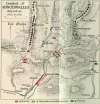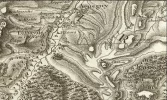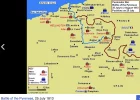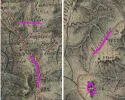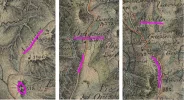Icacos
Veteran Member
- Time of past OR future Camino
- Camino Frances (2013)
I am now reading that the Route Napoléon is a 325 km stretch of track in the south east of France. It is so named because it is the route on which Napoléon rode in 1815 on his way to Paris after he escaped from Elba. I wonder now why the track over the mountains between SJPP and Roncesvalles also came to be known as the Route Napoléon. Can anyone shed light on this?

 www.bbc.com
www.bbc.com
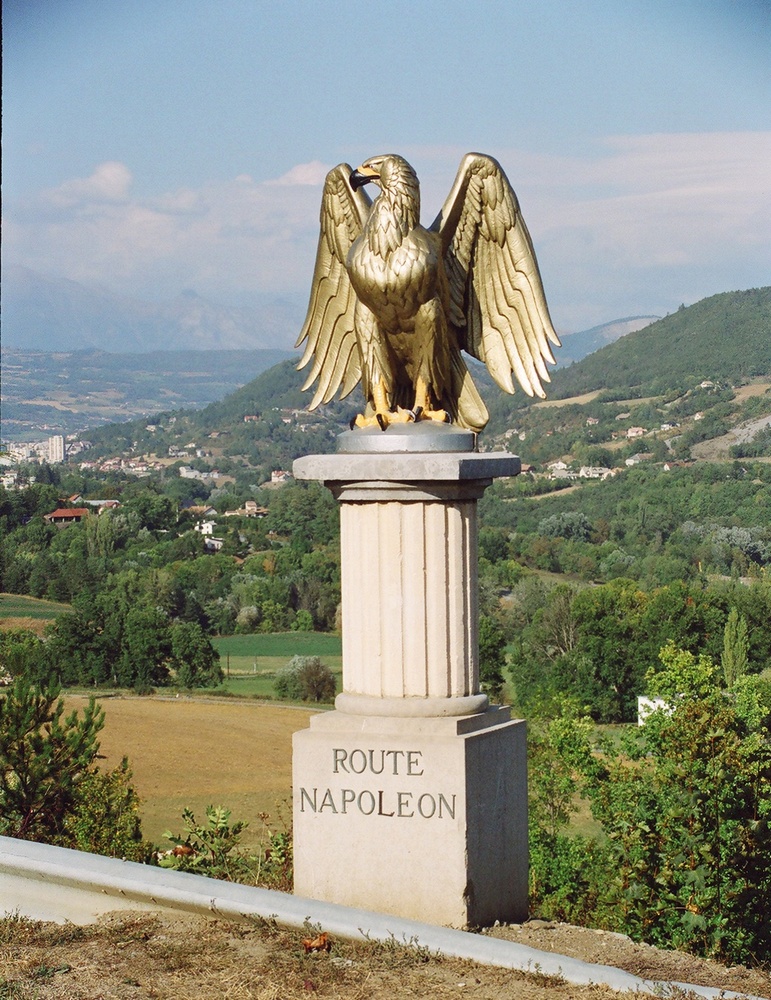
 en.wikipedia.org
en.wikipedia.org

Napoleon's gravity-defying 325km road
The Route Napoleon gives visitors the chance to put themselves in the boots of the emperor, deep dive into Gallic culture and unlock the beauty of unspoiled natural landscapes.









